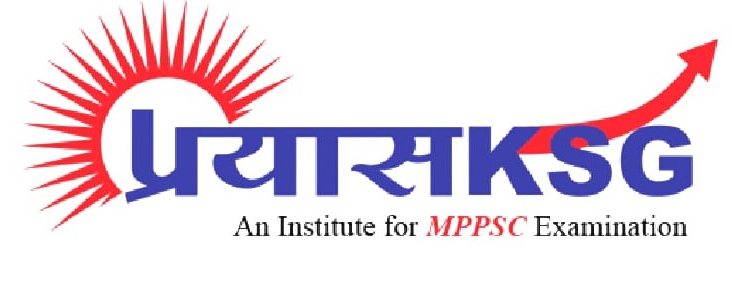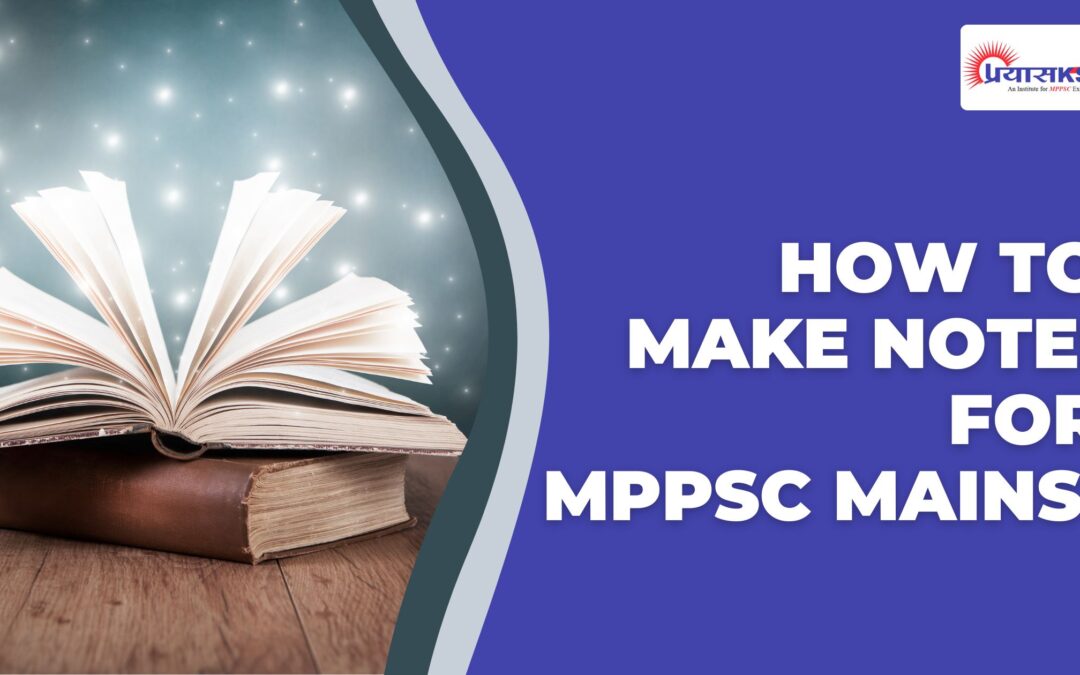Preparing for the Madhya Pradesh Public Service Commission (MPPSC) mains exam requires extensive note-making to keep track of important information and key concepts. Good notes can help you stay organised, retain information, and prepare effectively for the exam. However, preparing effective notes requires better understanding and systematic thinking. Continue reading to check out the best tips for preparing notes for the MPPSC mains examination!
10 Tips for MPPSC Mains Note Making
Here are some of the effective tips on how to make notes for MPPSC mains:
- Understand the Syllabus
The first and foremost step of note-making is to understand the syllabus properly. It will provide you with the right insight into the topics to be covered. First, you need to go through the syllabus in detail and make a list of all the topics that you need to cover. Next, you need to read each chapter carefully and understand the syllabus as a whole. This will give you a clear idea of what you need to study and help you to organise the notes accordingly.
- Divide Topics into Sub-Topics
Once you have a clear idea of the topics you need to cover, divide them into sub-topics. This way you can create a structure of the notes and learn the topics easily. For instance, while covering the topic of the “Indian Economy,” you can divide it into sub-topics of Service Sector, Agriculture, Industry, etc.
This makes the sub-topics easily understandable. Moreover, you can cover the main topic in a shorter time period. Besides, you get time to revise the topics when it gets covered before the assumed time.
- Use Mapping Method
Mind maps are a great way to visualize information and make connections between different topics. Start with a central idea and branch out into sub-topics. You can write down all the information related to this topic on the same page. Then connect all the sub-topics and information to the main topic. You can use different colours and symbols to make your mind map visually appealing and easily understandable.
You can test yourself by covering the information with your hands and trying to memorise them. It will help you to learn and revise the topics systematically. Moreover, it does not take much time when you prepare such interesting notes.
- Use Bullet Points
Bullet points are an effective way to condense information and make it easier to read. Use bullet points to summarise key points and important information. This will help you to save time when revising your notes.
- Use Abbreviations, tables, and diagrams
Using abbreviations can save you time and space when taking notes. For example, instead of writing “Government of India,” you can use “GOI.” However, make sure that the abbreviations are clear and easy to understand.
Tables and diagrams are a great way to organize information and make it easier to understand. Using diagrams and charts to explain complex concepts or processes can be very helpful. It will make your notes more engaging and visually appealing. Moreover, you can use tables to compare and contrast different concepts and use diagrams to explain complex ideas.
- Use charting method
The charting method is another way to make your learning procedure hassle-free and faster. All you need to do is prepare a chart with rows and columns. You need to write the main topic on the topmost columns and keep on adding the information related to the topics in the rows below the columns. It will also help you in checking whether all the points on a topic are being covered in the class or not. You can mark the points once they are being covered in the class and can note down more information on them as taught by the tutor.
- Focus on key concepts
It is essential to identify and prioritise the key concepts while making notes. It will help you to understand the topic in-depth, and you will be able to retain it for a longer time. So, identify the key concepts or the difficult ones first. Then, prepare notes on them to make the learning procedure easier. Moreover, when you learn the key concepts in detail, you get a clear idea of many of the sub-topics.
- Highlight important information
One of the easiest yet interesting ways of note-making involves highlighting crucial information. Highlighting important points can help you to remember them better. You can use various colours to highlight information on different topics. For example, use green to highlight definitions, blue for important dates, and red for key concepts. When you get notes from the institute on a specific subject or topic, you can highlight the essential parts with coloured pens.
It will draw your attention to the particular information, and you can memorise them easily. You can also highlight the notes that you have prepared to access useful information easily and quickly. This way you can learn and memorise the required information on each topic without any fail.
- Review and revise
Last but not least, you need to revise the notes after learning them. Reviewing and revising your notes regularly will help you to reinforce the information and retain it for a longer time. You can use flashcards, quizzes, or practice tests to test your knowledge.
Moreover, you can prepare a questionnaire yourself and take your own test to review your knowledge efficiently. This way you can understand your flaws and initiate working on them to improve your preparation in a perfect way.
Final Takeaway
Thus, making notes for MPPSC mains is an essential part of exam preparation. By following the tips mentioned above, you can create structured and concise notes that will help you to retain and recall information when needed. Creating effective and organised notes that will help you to ace the examination with a brilliant score.

